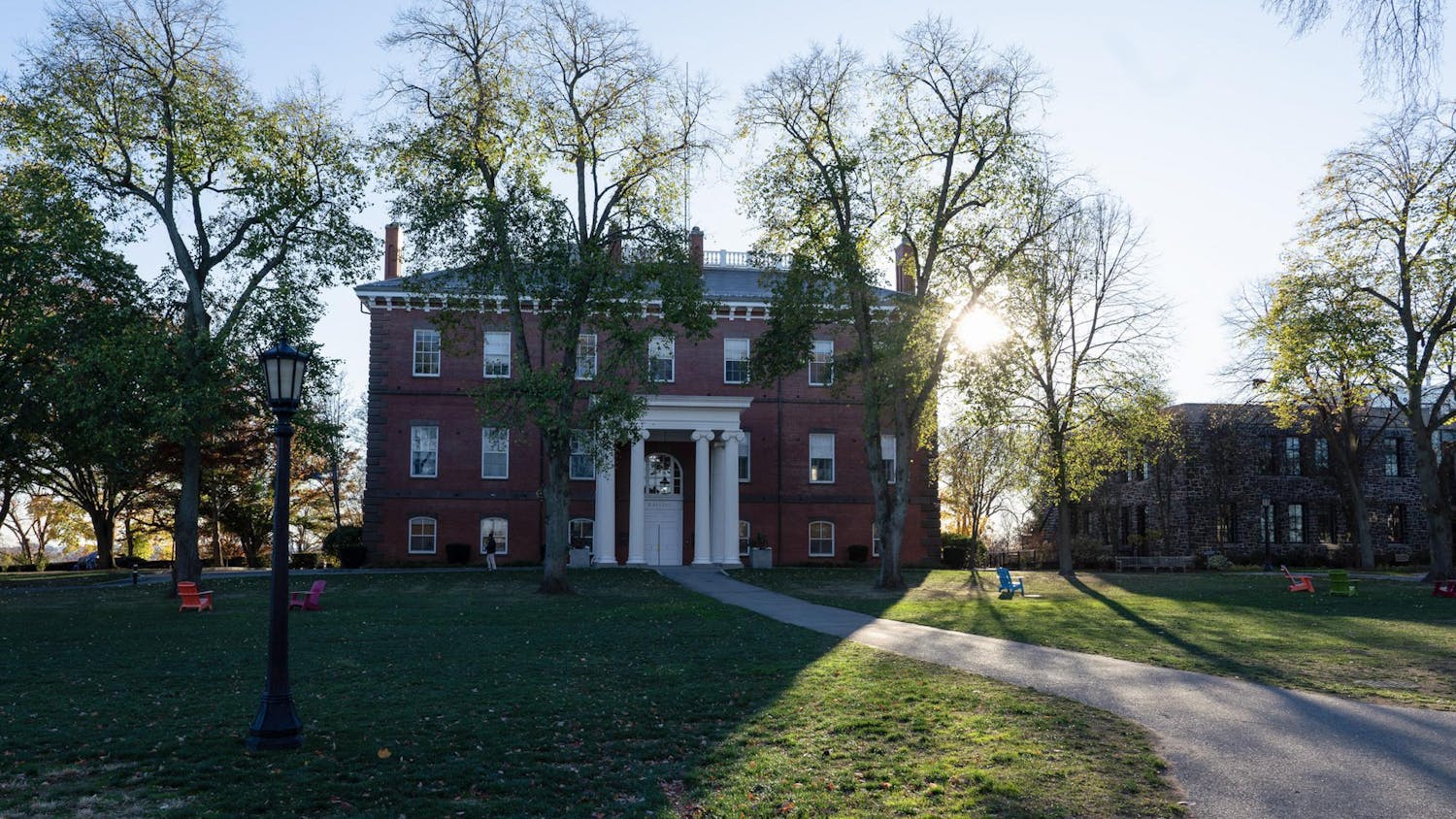If you've ever bought a postcard in California, you know that, for most people, the idea of Hollywood can be summed up by a single overused, emblematic image: nine 45−foot letters presiding over Cahuenga Peak that, together, make up the Hollywood sign.
But the sign was not actually built to welcome awestruck visitors to a land of celebrity and, in fact, did not even read "Hollywood" until well into the 1940s and well after the Hollywood film industry's golden age.
In 1923, L.A. Times publisher Harry Chandler — much more concerned with real estate than filmmaking — commissioned the sign to advertise his local development project, "Hollywoodland." Not surprisingly, the giant letters also spelled out "Hollywoodland."
Unfortunately for Chandler, the Great Depression ushered in a series of tragedies for Hollywoodland and its epic billboard. First, financial hardship befell the Hollywoodland project, and the development was abandoned, though its sign still stood erect over the hill. Soon, however, the sign became a site of decay as well. In 1932, failed actress Peg Entwistle committed suicide by climbing the "H" and plunging to her death; in 1940 the sign's caretaker crashed his car into the "H" while intoxicated, destroying the letter completely.
By then, the advertisement−turned−landmark had fallen into the hands of the city government, and in 1949 the Hollywood Chamber of Commerce decided to give it some much−needed TLC. Offering to take down the last four letters in return for repairing the first eight, the Chamber saved the attraction and no doubt revolutionized the California vacation souvenir.
As for the history of the area, the town of Hollywood has no special ties to the creation of the motion picture. Throughout the late 1890s, when the first movies were being made, New York, not L.A., was the mecca of filmmaking. Meanwhile, Hollywood was a quiet farming community whose land was acquired by a man named Harvey Wilcox in 1887. Some think that the Wilcoxes named their estate after the area's wildlife. Most, however, seem to agree that Harvey's wife, somewhat of a copycat, overheard a nearby passenger on a train talking about her holiday estate, "Hollywood," and thought it had a ring to it.
But let's fast−forward to 1927, by which point the major film studios had settled into old Hollywood farmhouses and "movies" — short for "moving pictures" — and even their descendents, "talkies," had already become the industry of the land. That year, the Academy of Motion Picture Arts and Sciences, founded just one year earlier, invited the first Academy Award−winning celebrities to walk down the Red Carpet and receive their awards, a historical ceremony we all took part in last week.
Well — not all of us. With Greenwich Mean Time to blame, I was frantically looking up award results the morning after they were broadcast, hoping, against all odds, that "Up" had stolen Best Picture. When I was directed to Oscars.com, I couldn't help but interrupt my train of thought to think: Who the hell is Oscar, anyway? The most popularly told tale, it turns out, is that an executive director of the Academy, Margaret Herrick, thought that the statuette looked like her uncle Oscar — which is strange, given that the figure's only defining characteristics are its crossed arms and lean, muscular physique — but the name stuck.
Now, searching for a Web site that will let me watch the ceremony a week too late, I can't promise I won't be temporarily mesmerized by the show of glitz and glamour and evening wear that costs more than the country's average per capita income. But when the final round of applause brings the night's voyeurism to an end, it's nice to have in mind that even a world built up to be the untouchable zenith of glory really just comes down to Uncle Oscar and strangers on a train.
--
Romy Oltuski is a junior majoring in English. She can be reached at Romy.Oltuski@tufts.edu.





